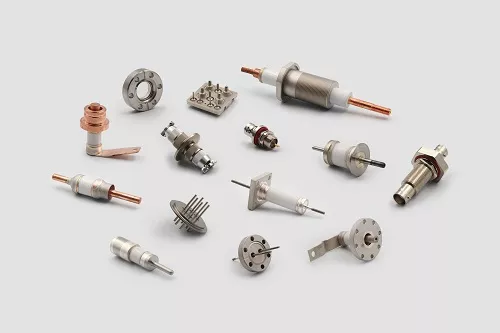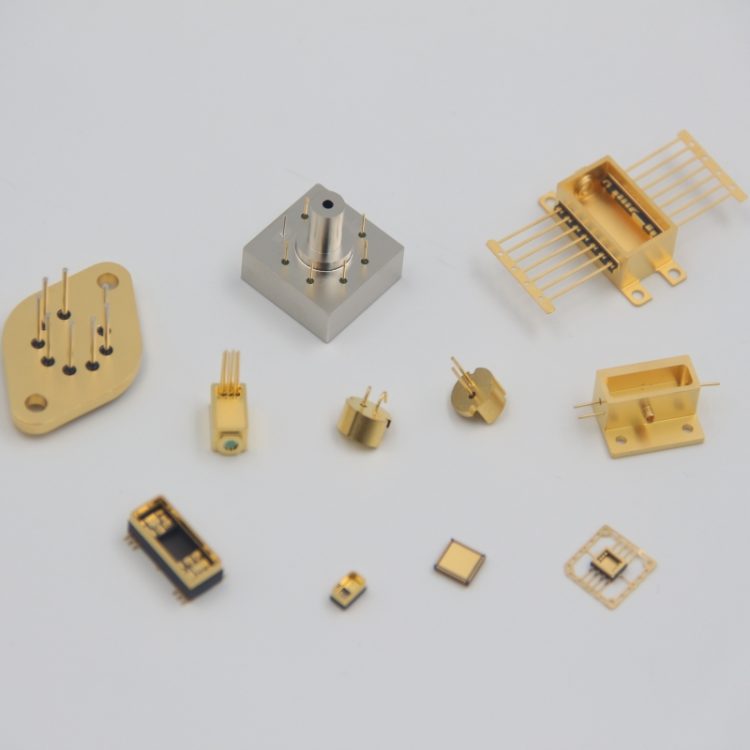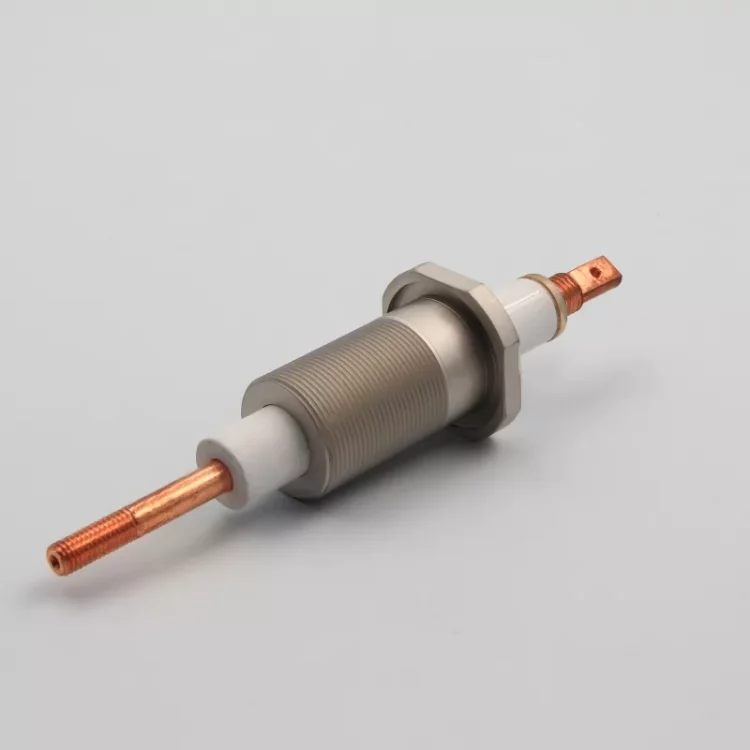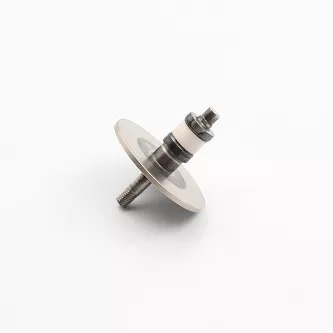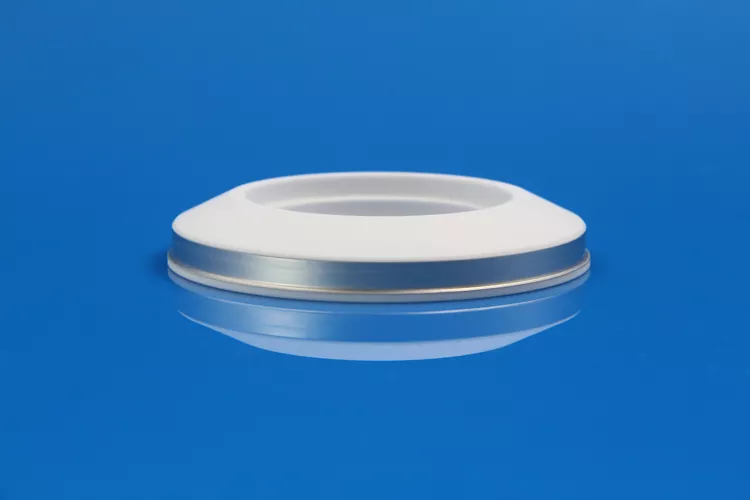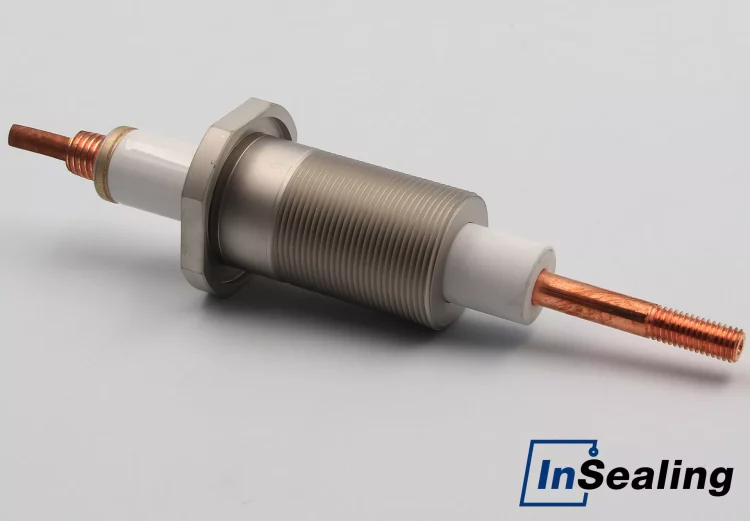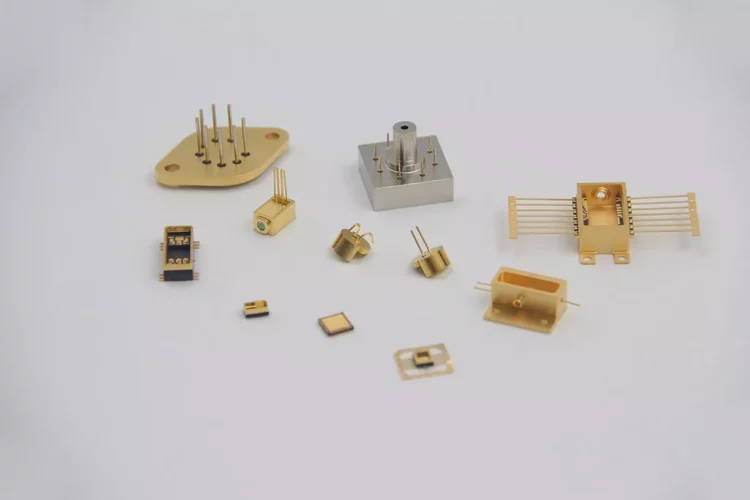In engineering and electronics, a feedthrough refers to a component or structure that allows for the passage of signals, energy, or materials from one environment to another, typically through a barrier or boundary. Feedthroughs are commonly used in various applications such as vacuum systems, electrical connections, fluid handling systems, and more.
For example, in vacuum technology, feedthroughs are used to pass electrical signals, cooling fluids, or mechanical components through the vacuum chamber walls without compromising the vacuum seal. In electrical engineering, feedthroughs enable the transmission of signals or power between different parts of a system while maintaining isolation or containment, such as in high-voltage systems or hermetically sealed enclosures.
Feedthroughs come in different designs and configurations depending on the specific application requirements, including materials used, sealing mechanisms, insulation properties, and compatibility with different environmental conditions. They play a crucial role in enabling the functionality and performance of various complex systems across multiple industries.
2025-07-23
Operating at the extremes of the international energy industry ranges from the blistering temperatures of nuclear reactors to the deep geothermal wells. In such harsh circumferences, reliable electric...
2025-07-03
In the labs expanding the frontiers of human understanding—be it in quantum computing or particle physics—Glass-to-Metal Seals and Feedthroughs (GTMS) are used as critical components. These sealed int...
2025-05-20
Sputtering or CVD requires absolute precision in controlling thin film deposition processes, owing to the competitive nature of the semiconductor manufacturing industry. One of the most important but ...
2025-05-14
To fulfill international goals for carbon neutrality, the energy sector is scrapping sulfur hexafluoride (SF6) and other polluting insulating mediums. In this regard, High Power Vacuum Feedthroughs ha...
2024-06-03
Discover how advanced metallized ceramic cylinders optimize performance in vacuum interrupters and capacitors, ensuring reliability and efficiency in critical electrical systems
2024-02-06
Ceramic vacuum water-cooled power feedthrough is the perfect manifestation of this advantage. And the typical applications is the connection terminals of vacuum furnaces and heaters.
2023-09-19
In the era of cutting-edge technology, hermetic sealing plays a pivotal role across various domains. Whether it's particle physics, neutrino research, microwave windows, optical windows or lenses, X-r...
